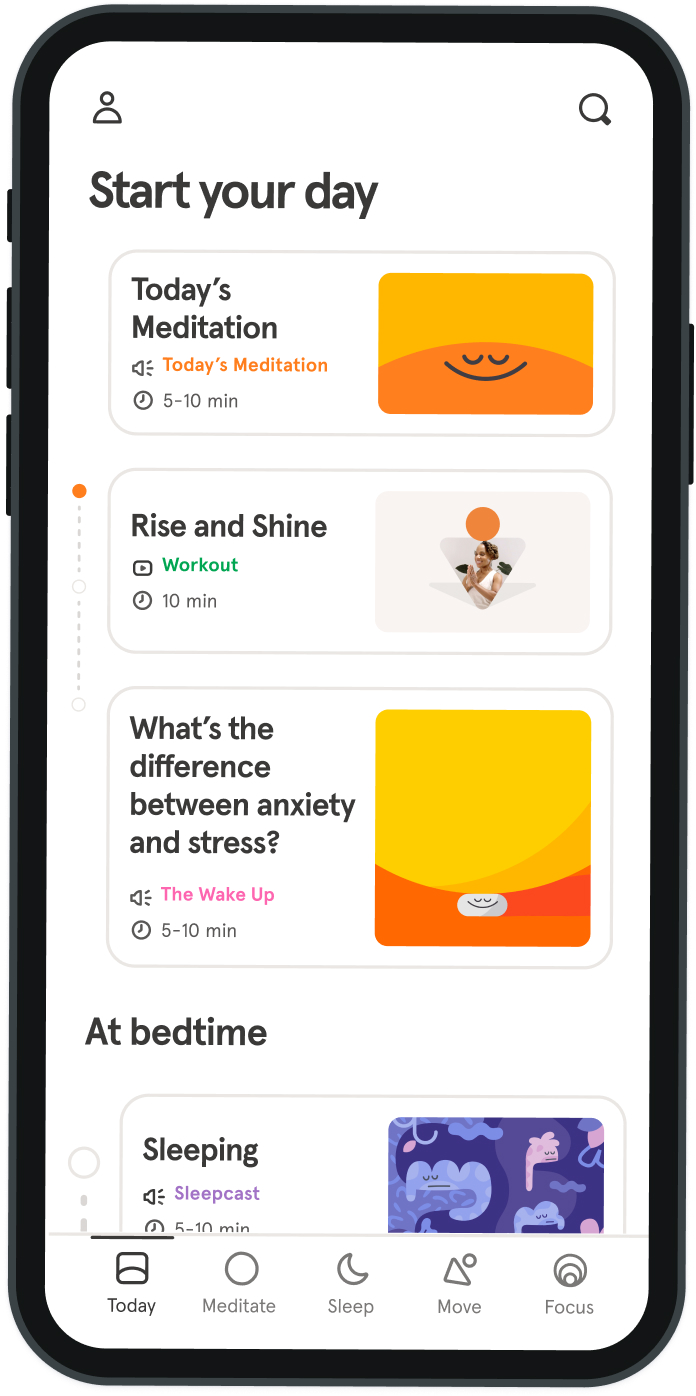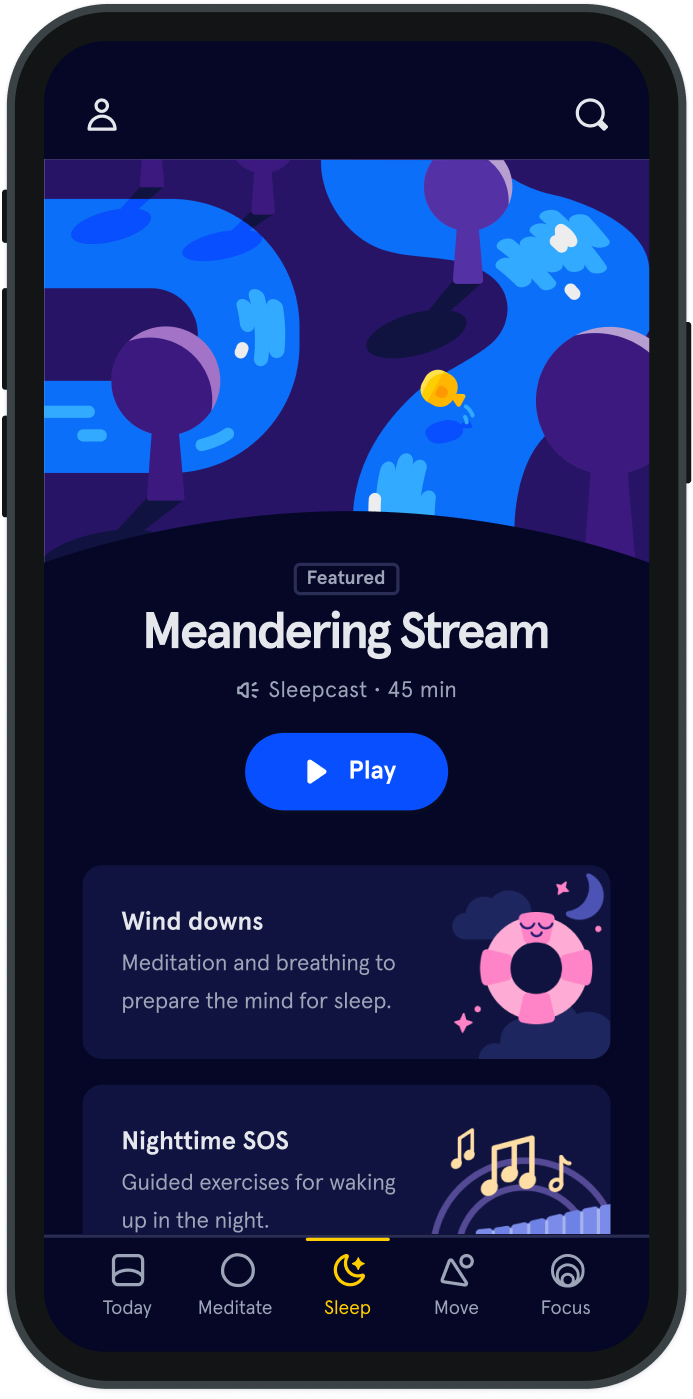The one question that can make healthy eating easier
I was 13 when I first decided that eliminating foods was the key to weight loss. NO CHEESE! I scrawled in my little black day planner, where I charted my weight and food intake. My summer makeover plan was successful, and I started 8th grade with contacts replacing my over-sized “Tootsie” glasses, and about ten pounds lighter.
But like most people who battle their bodies, my cheese-less summer didn’t permanently solve my weight woes. The numbers on the scale slowly crept back up, and I proceeded to yo-yo diet my way through high school and early adulthood. My diets were always intense, strategic, and as short-lived as the weight loss that accompanied them. And they all revolved around which foods I should avoid; in the late ‘80s, butter, and other tasty fats were on the chopping block. In later years, carbs were the enemy. I was almost always on a diet, gaining and losing the same 15-20 pounds over and over again. In my late 20s, with the help of therapy and time, I began untangling my unhealthy obsession with food and weight loss. A nutritionist helped reframe my relationship with food; instead of restricting certain food groups, she taught me how to plan meals that would give my body the nutrients it needed. Most days now, I feel comfortable in my own skin.
“When we deprive ourselves of something we really want, it kind of comes back to bite us in the form of compensatory behavior. Next thing we know we’re in a bathtub surrounded by Twinkie wrappers,” he quips. Adding foods is more fun. When I look into the refrigerator and try to round up as many fruits and veggies as I can, it’s like a game. And without even meaning to, I end up leaving out less nutritious choices—replacing those nachos with veggie tacos, or the mid-morning granola bar with an apple and peanut butter. “When you tell someone to eat more of something else—it makes you feel like there’s some sort of balancing that’s going on,” says Wansink. With that in mind, here are five tips for adding nutritious food into your diet instead of eliminating foods: 1. Pick a goal number of fruits and vegetables to eat each day and keep track. 2. If you’re trying to cut down on sugary beverages like soda, juice or alcohol, also challenge yourself to add a glass of water between each drink. 3. Serve yourself vegetables and salads first. “In situations where you’re seeing food sequentially, you take 11 percent more of the first food you’re served than subsequent dishes,” says Wansink. 4. Dare yourself to visit a local farmer’s market and incorporate one new vegetable or herb into a meal each week. 5. “Research shows that people eat 18 percent more of anything that’s served family style on the table versus off the counter or stove,” says Wansink. So try serving vegetables, salads or fruits from a big bowl on the dinner table, while dishing up pasta, meat or desserts from the kitchen counter.
But once in awhile, old habits creep in. I’ll realize I’ve been existing on nachos and coffee and my jeans will feel too tight. Instead of going into calorie attack mode and cutting out so-called “problem foods” like I used to, I’ve found a totally different approach. When I’m struggling to eat healthily, I ask myself: what healthy foods can I add to my meals today? This simple challenge turns my attitude on end—and my behavior around food quickly follows. When I focus on what I can add—for instance, how many veggies can I add to my scrambled eggs?—I immediately begin to make wiser choices without feeling deprived, or like I’m on a mission to eradicate calories, fat or carbs. This approach also reminds me that the primary purpose of food is to nourish and to provide the variety of nutrients that our bodies need to function optimally. Why does simply daring myself to eat more whole foods work better than eliminating foods from my diet? I spoke with Brian Wansink, a behavioral scientist, Cornell professor and author of “Slim by Design”. “When you look at the foods people usually try to cut out of their diet, they tend to be either fatty, sugary, salty, or have dairy in them,” Wansink says. There’s a physical reason why we like salty, sweet, fatty things. If we didn’t, we’d be the first people to die during a famine—we’re genetically here because our ancestors have a taste for these things.” It’s humbling to realize I spent a few decades trying to lose weight by fighting my own biology—and strangely comforting to know there are physiological reasons those diets never worked long-term. Wansink explains that when we deprive ourselves of foods our bodies are designed to crave, we can usually only do so for a short time before the physical deprivation becomes a psychological deprivation.



Be kind to your mind
- Access the full library of 500+ meditations on everything from stress, to resilience, to compassion
- Put your mind to bed with sleep sounds, music, and wind-down exercises
- Make mindfulness a part of your daily routine with tension-releasing workouts, relaxing yoga, Focus music playlists, and more
Meditation and mindfulness for any mind, any mood, any goal

Stay in the loop
Be the first to get updates on our latest content, special offers, and new features.
By signing up, you’re agreeing to receive marketing emails from Headspace. You can unsubscribe at any time. For more details, check out our Privacy Policy.
- © 2025 Headspace Inc.
- Terms & conditions
- Privacy policy
- Consumer Health Data
- Your privacy choices
- CA Privacy Notice
